Starling Murmur, Swoop, and Twist V3
Wheel Size:
- Murmur: 29’’
- Swoop: 27.5’’
- Twist: 29’’ front / 27.5’’ rear
Travel:
- Murmur: 135 mm rear / 140 mm front (Trail mode) or 150 mm rear / 160 mm front (Enduro mode)
- Swoop: 130 mm rear / 140 mm front (Trail mode) or 160 mm rear / 160 mm front (Enduro mode)
- Twist: 135 mm rear / 140 mm front (Trail mode) or 165 mm rear / 160 mm front (Enduro mode)
Frame material: Steel
Price: £1,658.33 (Frame only, ~$2,000 at time of publication)
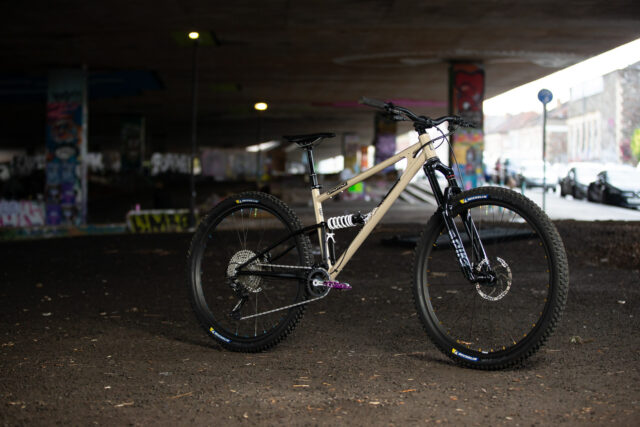
- Sizes offered: M, L, XL, XXL
- Headtube angle: 65.3° (Trail) / 64.5° (Enduro)
- Seat tube angle: 78.3° (Trail) / 77.5° (Enduro)
- Reach: 485 mm (size Large)
- Chainstay length: 445 mm (all sizes)
- Sizes offered: S, M, L
- Headtube angle: 64.8° (Trail) / 64° (Enduro)
- Seat tube angle: 78.8° (Trail) / 78° (Enduro)
- Reach: 485 mm (size Large)
- Chainstay length: 435 mm (all sizes)
- Sizes offered: M, L, XL
- Headtube angle: 65.3° (Trail) / 64.5° (Enduro)
- Seat tube angle: 78.3° (Trail) / 77.5° (Enduro)
- Reach: 485 mm (size Large)
- Chainstay length: 435 mm (all sizes)
Intro
Most modern full-suspension mountain bikes use some version of a four-bar suspension layout and either an aluminum or carbon fiber frame, but Starling has long done things their own way, building a range of steel single-pivot bikes in the UK. We chatted with Starling founder Joe McEwan about his design philosophy and the case for simplicity back in Episode 105 of Bikes & Big Ideas, and now Starling has updated their “Core” lineup — the Murmur, Swoop, and Twist — to their V3 iterations. And while the steel construction and single-pivot layout remain, there’s a lot that is new.
The Frames
The Murmur, Swoop, and Twist frames share a lot in common. They’re all steel single-pivot frames with largely similar geometry and travel numbers; the biggest difference is in wheel size. The Murmur is a 29er, the Swoop uses 27.5’’ wheels at both ends, and (as you’ve probably guessed at this point), the Twist splits the difference, pairing a 29’’ front wheel with a 27.5’’ rear one in a mullet configuration.
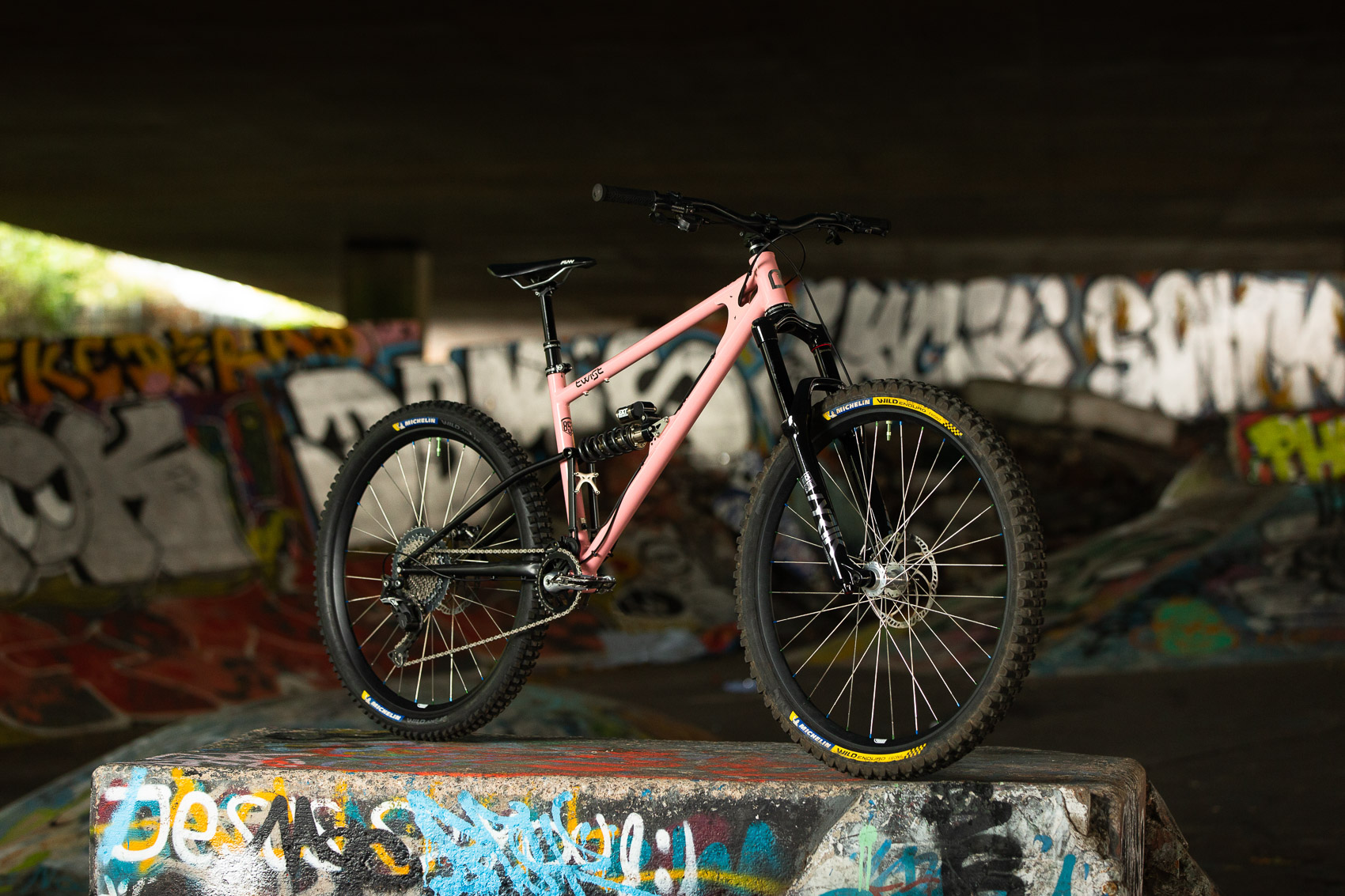
All three frames can also be toggled between “Trail” and “Enduro” modes, by way of an adjustable shock mount (and a change of rear shock size, plus a change in fork travel). Starling offered the same choice on the prior-generation bikes, but the shock mount was fixed, and therefore the desired configuration had to be chosen at the time of ordering; the V3 bikes let you swap back and forth to your heart’s content. The Trail mode uses a 210 x 55 mm shock to produce 130 mm (Swoop) or 135 mm (Murmur and Twist) rear travel. A 230 x 65 mm shock makes 160 mm (Swoop) or 165 mm (Twist) travel in Enduro mode; the larger rear wheel of the Murmur means that it only has clearance for a 230 x 60 mm shock, which results in 150 mm of travel. Regardless of the frame model, the Trail versions are designed around a 140mm-travel fork, with the Enduro configuration meant to be paired with a 160 mm one.
In addition to the new adjustable shock mount, Starling has made some structural changes to the V3 bikes, with a new main pivot casting that looks cleaner and simplifies construction, and the pivot bearings have been moved to the swingarm (from the main frame) to make for a wider, stiffer interface and simplify bearing replacement. The headtube has been reinforced to prevent ovalization and given a new, cleaner-looking gusset. And the seat tube now features an aluminum insert (sized for a 31.6 mm post) to help prevent stuck seatposts, which can be an issue on steel frames.
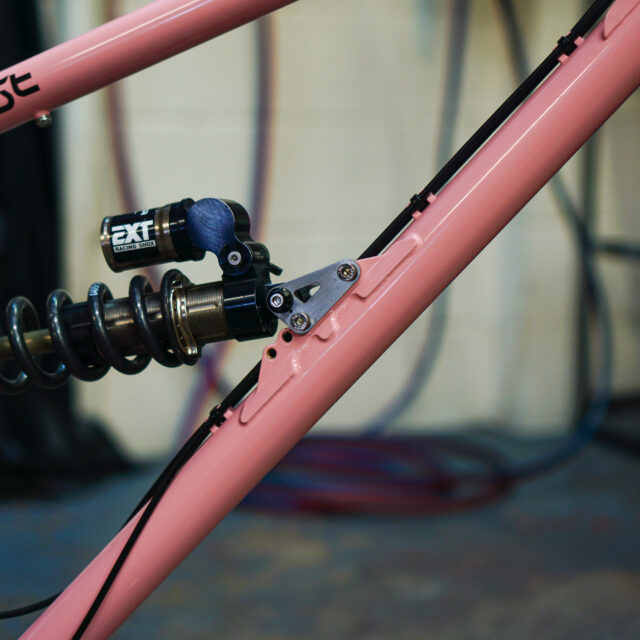
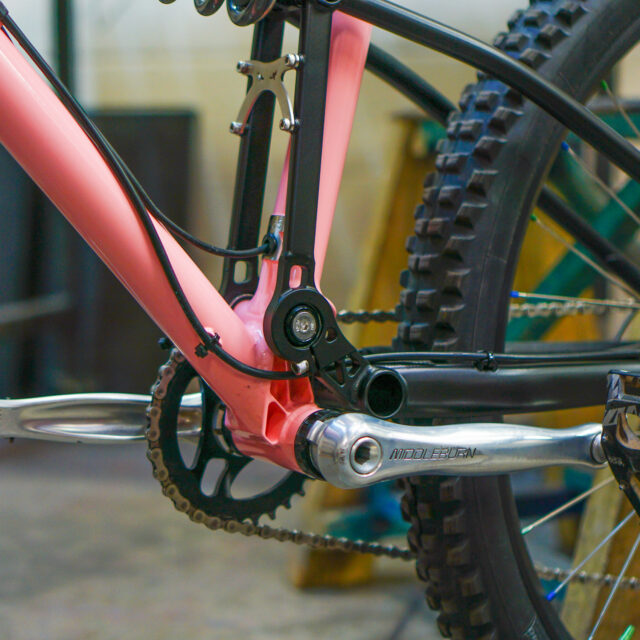

In keeping with Starling’s focus on simplicity and ease of use, cable routing is fully external (rejoice), the bottom bracket is threaded, and the headtube is a straight 44 mm affair. Optional ISCG-05 tabs can be added for a small upcharge, and all the frames feature an IS brake mount, with clearance for up to a 200 mm rotor. An integrated upper chainguide for 28 – 34 tooth chainrings is included as well.
Starling also offers a wide range of paint options — including contrasting colors on the front triangle and swingarm — some of which come at an upcharge. Check out the bike builder tool on their site for all the options.
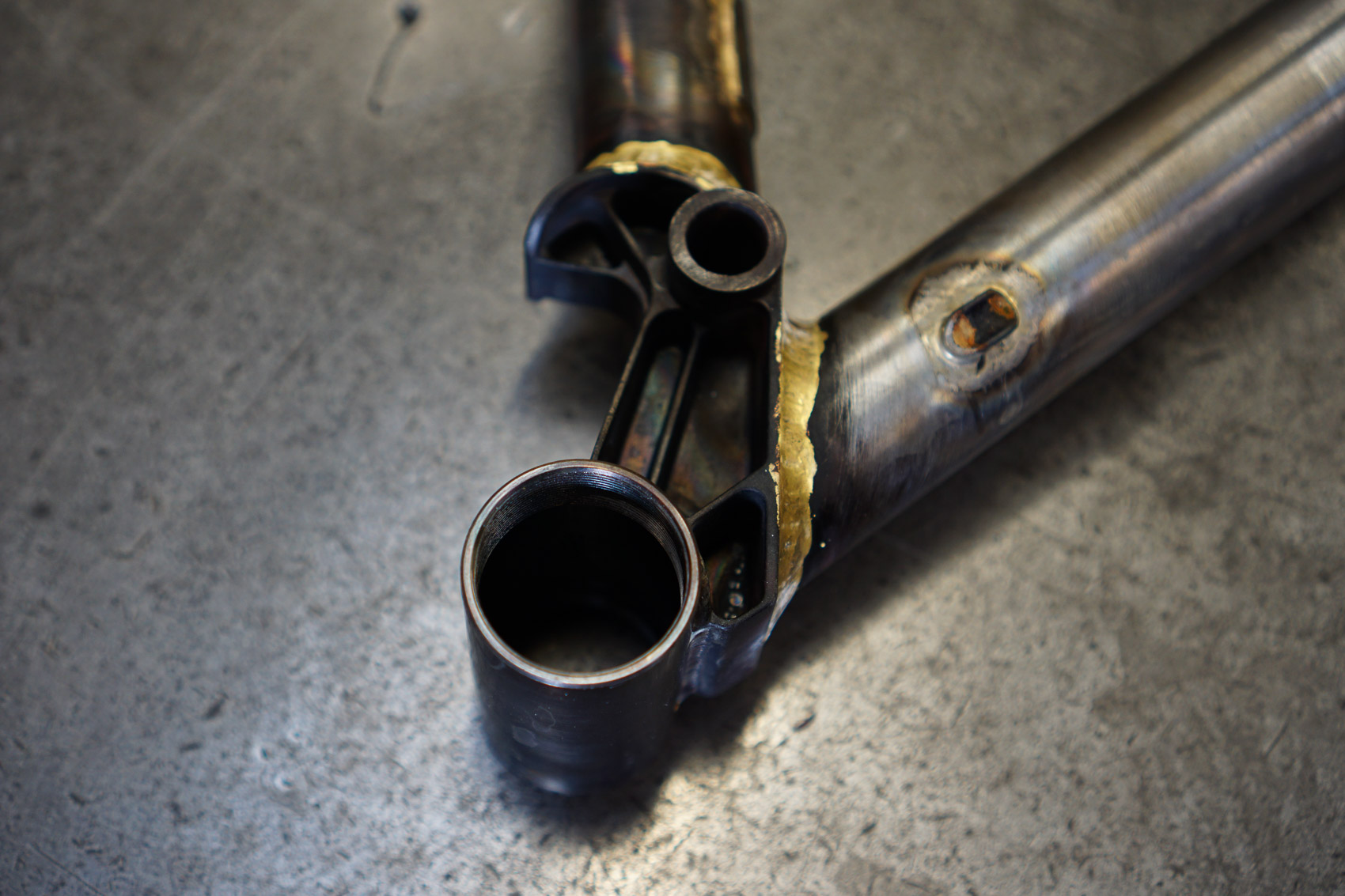
Fit & Geometry
For the most part, the geometry of the three bikes isn’t wildly different. And in fact, the Murmur and Twist share a front triangle, with a different swingarm handling the difference in rear wheel size. Those bikes get a 64.5° headtube angle in Enduro mode which steepens to 65.3° in Trail mode, and reach ranging from 450 mm to a monster 545 mm (XXL, Murmur only). Their seat tubes clock in at 78.3° or 77.5° depending on the frame mode. The main difference between the two is that the Twist gets 435 mm chainstays, while the Murmur’s are much longer, at 445 mm.
The Swoop isn’t wildly different, but it adds a Small frame size with a 425 mm reach, and slackens the headtube angle to 64.8° / 64°, while steepening the seat tube to 78.8° / 78°. Its chainstays are the same 435 mm ones used for the Twist.
The Builds
Starling doesn’t offer standard builds on any of their bikes. The base price of the Murmur, Twist, or Swoop is for a bare fame, without shock. If you’re interested in a complete bike, Starling has a bike builder on their site where you can configure what you want, including a partial build if you’re interested in getting some new parts and carrying over some that you’ve already got.
Starling currently only ships wheels to the UK and EU but builds minus wheels are available in a bunch of other countries, including the US and Canada, Australia and New Zealand, and others. If you’re in a country that Starling hasn’t established shipping rates for, get in touch with them and they’ll get you a quote.
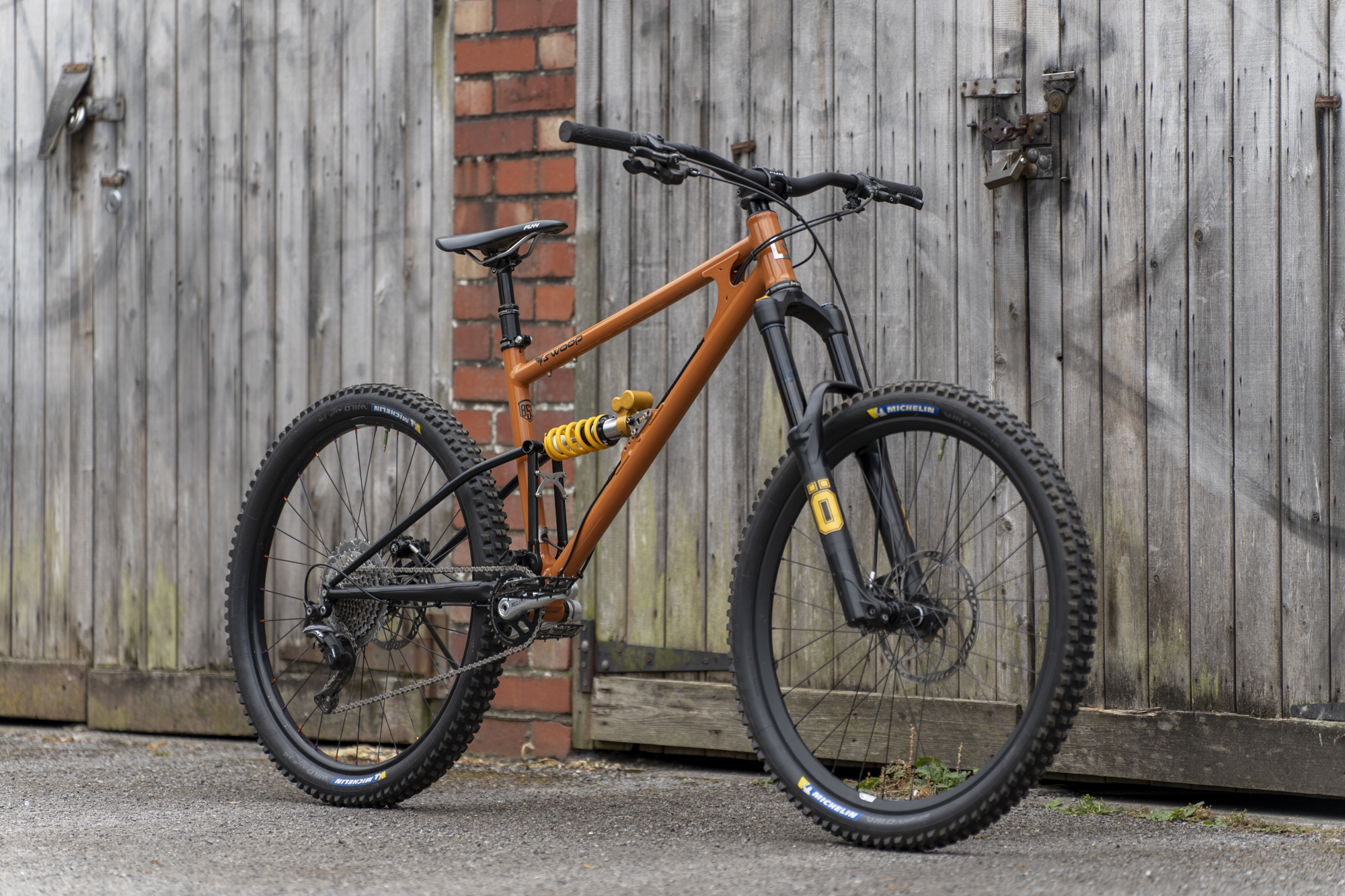
Some Questions / Things We’re Curious About
(1) It’s been a while since we’ve ridden a true single-pivot frame or a steel full-suspension bike. We’ve got a Murmur on the way for review, so how will it stack up against the myriad carbon fiber multi-link bikes on the market?
(2) And how much is converting the Murmur to a Twist going to change its character? We’ll have a spare 27.5’’ swingarm coming with the Murmur to convert it into a Twist, so we’ll be able to find out soon.
Bottom Line (For Now)
Starling made a compelling case for why the simplicity of a steel single-pivot bike is the right call for some folks, back in Episode 105 of Bikes & Big Ideas, and the refinements that they’ve introduced in their V3 bikes seem nicely thought out while staying true to the original recipe that put them on the map in the first place. We’ve got a Murmur (and the parts to convert it to a Twist) on the way for a review, so stay tuned for a lot more on those bikes to come soon.
Full Review
We’ve spent a lot of time on the Starling Murmur Enduro, and you can read our full review to find out how it stacks up on the trail, including comparisons to nine other bikes in its class.

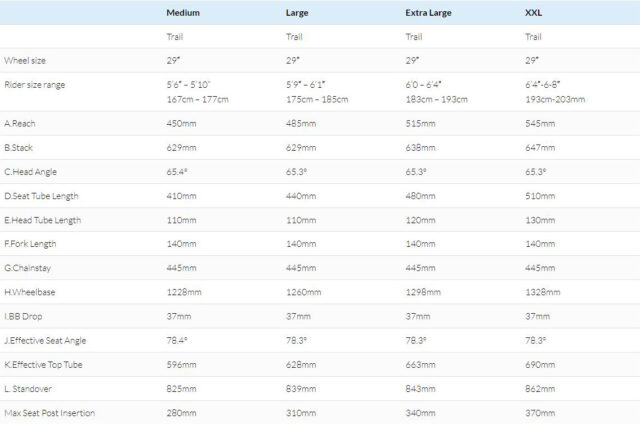
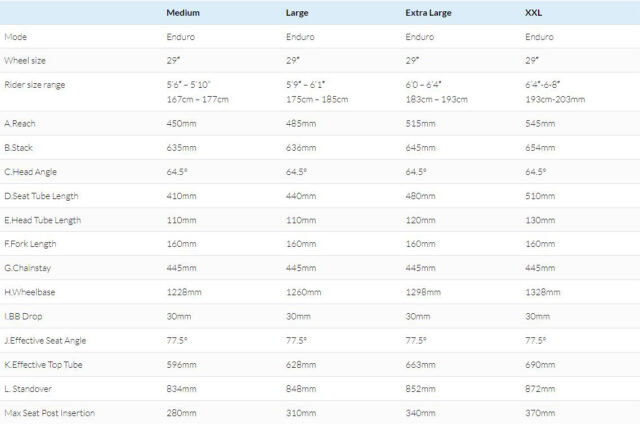
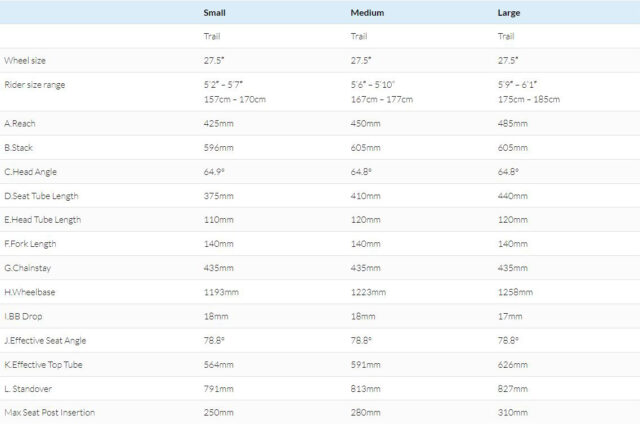
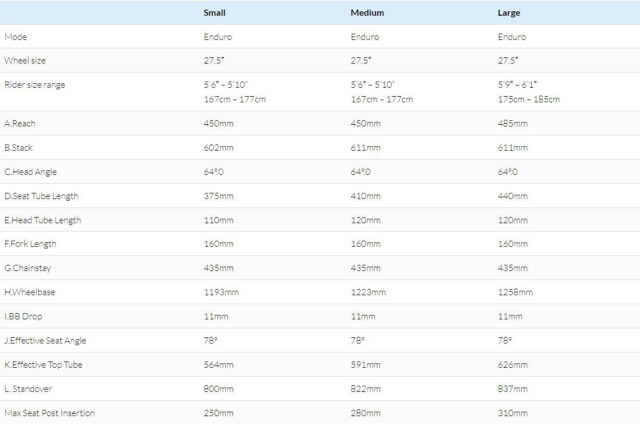
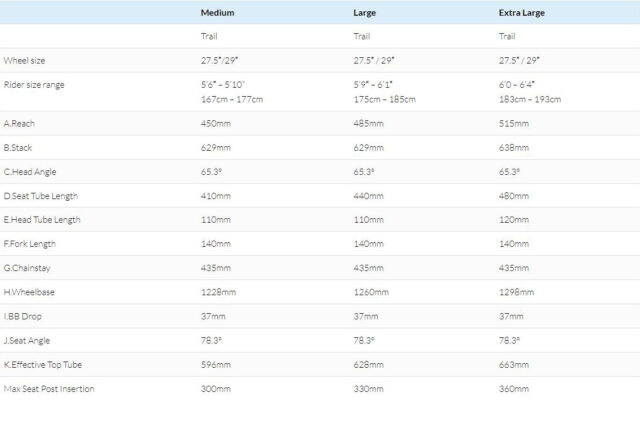

Love the look of the Murmurs. Love a steel bike. Can you tell me what color is that orange? Is it the “pumpkin spice” color that Trail Labs offers, or something custom? I wish they would give the RAL numbers so I could tell what color some of these color offerings are, since you actually have color options.